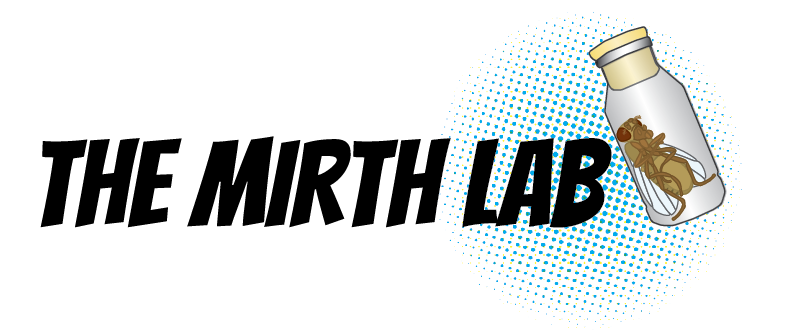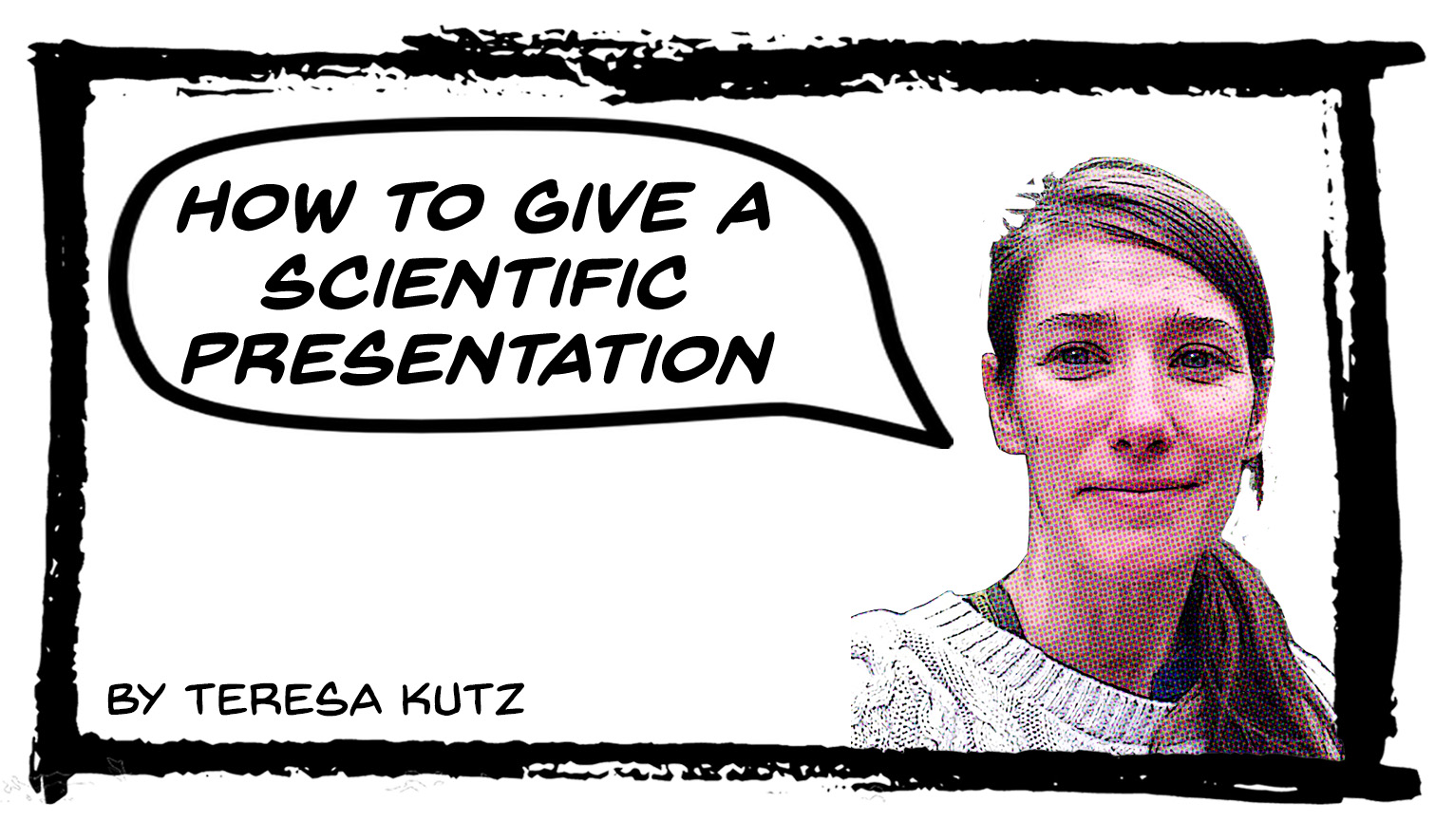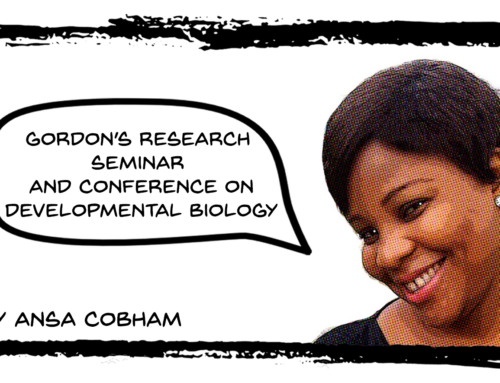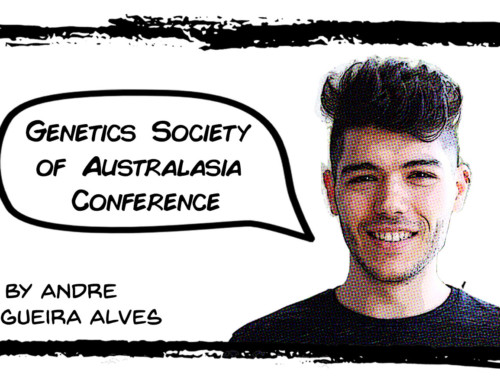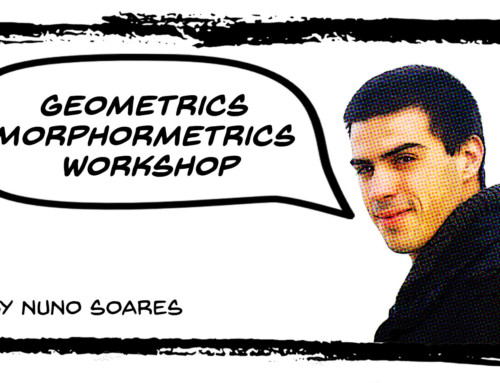How to Give Scientific Presentation Workshop – February 15th 2017
In today’s lab meeting after our usual rounds we had the privilege of hearing Christen Mirth present a workshop. She entitled it “Christen’s Views on Scientific Presentations” and it covered all the do’s and don’ts of presenting your work.
One of the main and recurrent points that Christen made is that when you present your work you are telling a story. Therefore, you must know what the story you are trying to convey is and try to digress as little as possible from it. It is important to make it relatable to your audience and to give enough general background so they understand why your question is important and make them care about your story. By the end of your introduction they should have expectations about where the story is going to take them.
In line with this, she emphasized the importance of making careful and clear transitions and to go back to concepts that have appeared previously, using the same images so that the audience can follow the story along easily. In order to make things easier for the audience, one should avoid using confusing acronyms and translate the ‘fly speak’.
As the story progresses, Christen said, the speaker should remind the audience often what the point of the story is and give only that information that is important to the story (even if it means leaving out results and figures that took a lot of work).
And finally, as with any good story, it is very important to conclude: Remind your audience what the questions you were trying to answer were and put all the puzzle pieces together, so that the story is complete and gets a proper ending.
Christen also gave us sound advice about what slides should look like. Some of the points she mentioned were:
- “A picture is worth a thousand words”: use descriptive images instead of text
- Use up all the space in the slide so the images are easier to see, but don’t clutter your slide
- Little logos for people or topics make it easier for the audience to know what you’re talking about
- Graphs should be easy to see and the labels on them should be simplified so they are easier to understand (a presentation doesn’t need to be as precise as a publication). Making the y-axis label horizontal also helps
- About colours: Black font on white background has the greatest contrast and be mindful of the 8% of men who are colour-blind when making figures.
Christen led by the example and made of her workshop a very enjoyable, easy to follow story that concluded in a group discussion about our own preferences and thoughts on presentations.
